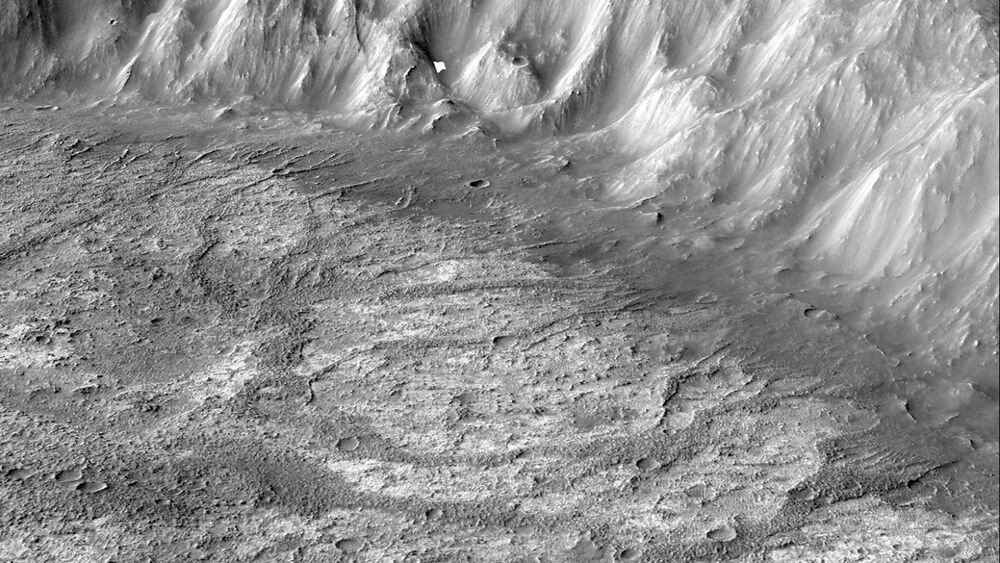In Wednesday’s announcement, StemExpress CEO Cate Dyer said the COVID-19 pandemic created new demand for her company’s expertise. “When the pandemic first hit, we reached out to the federal government and started looking at ways we could help take seven of our laboratories around the United States and start offering COVID testing on a local basis, not only to support nursing homes, but Indian Tribal Communities as well as just the general public.”
PayCertify is a financial technology (FinTech) firm that “encompasses both a complete merchant and consumer experience front to back, pulling analytics and valuable insights to connect data sets in real-time from both the consumer and merchant side of the transaction.”
The two companies are expected to bring a combined 200 biotech and fintech jobs to the region.









